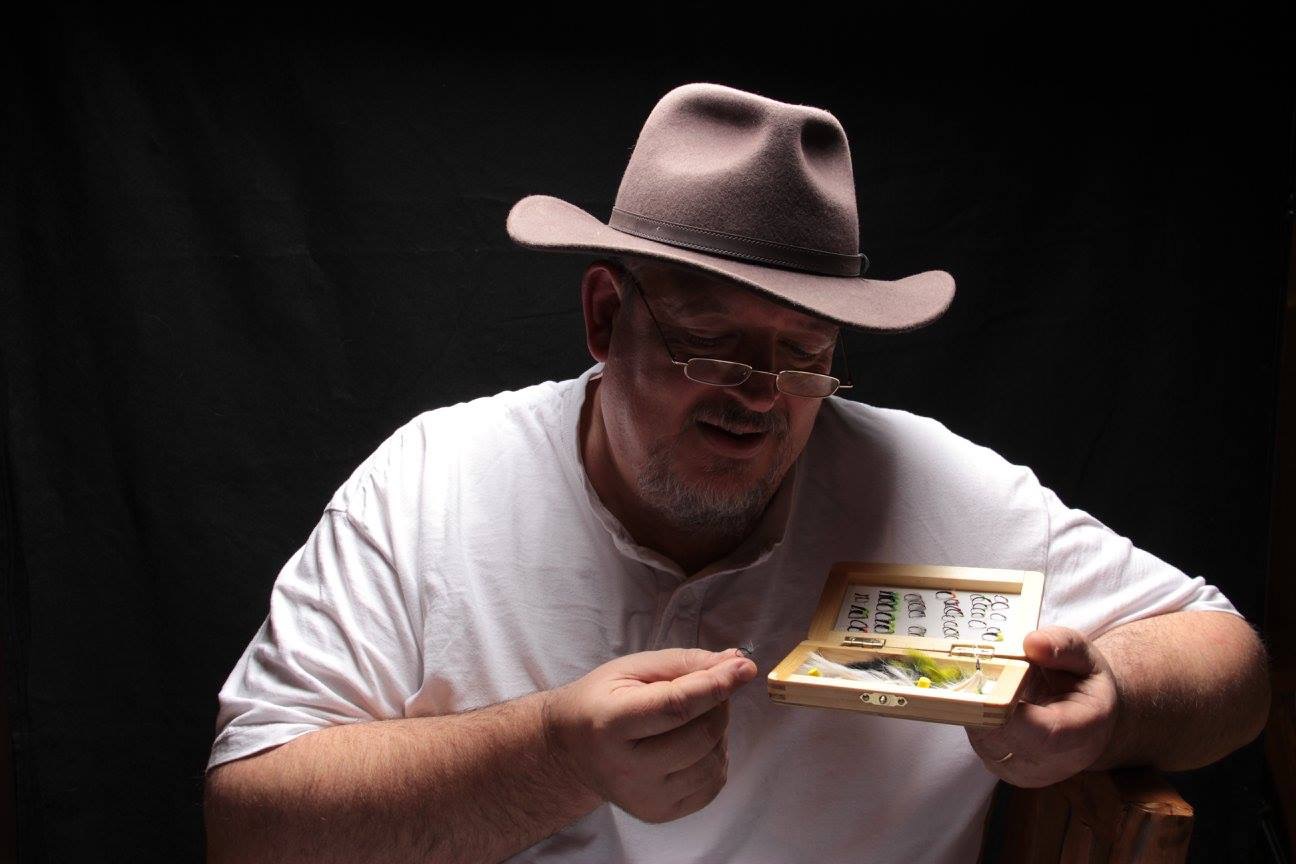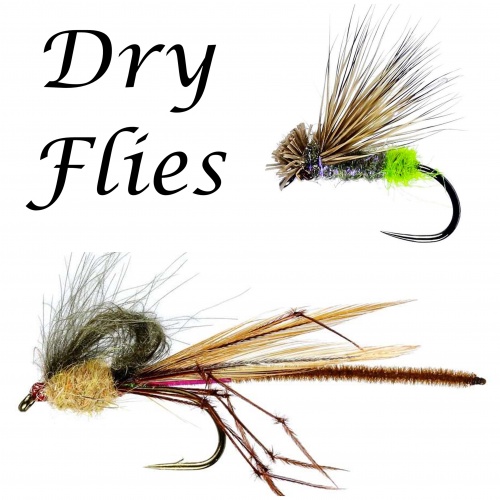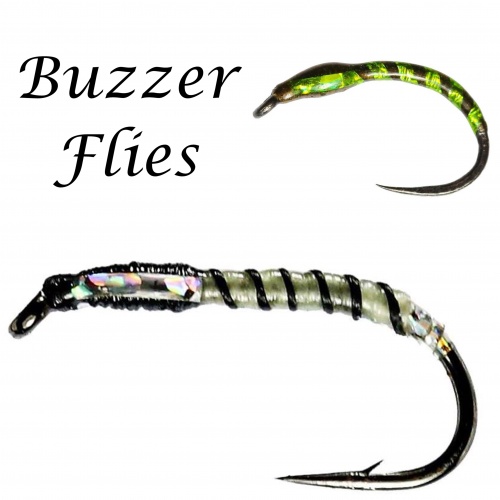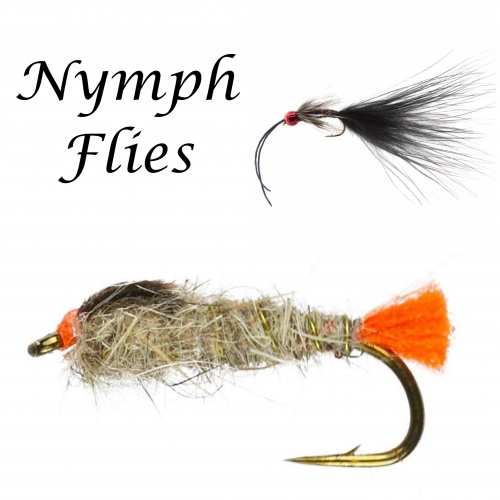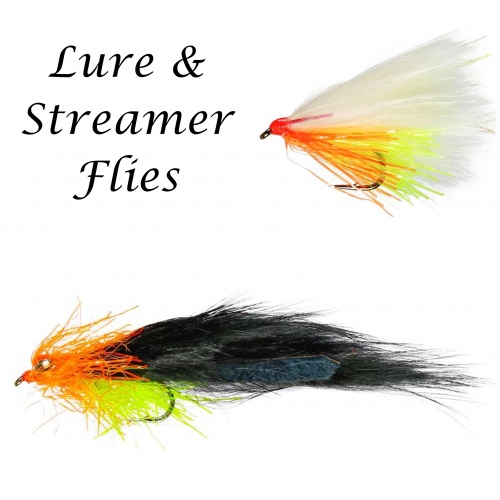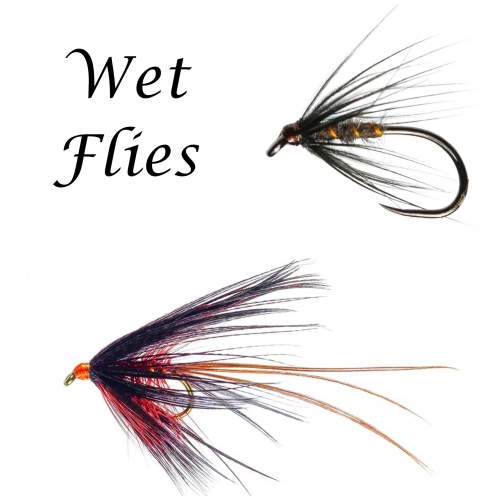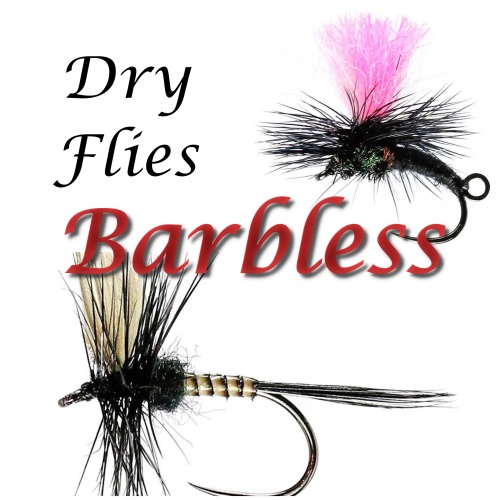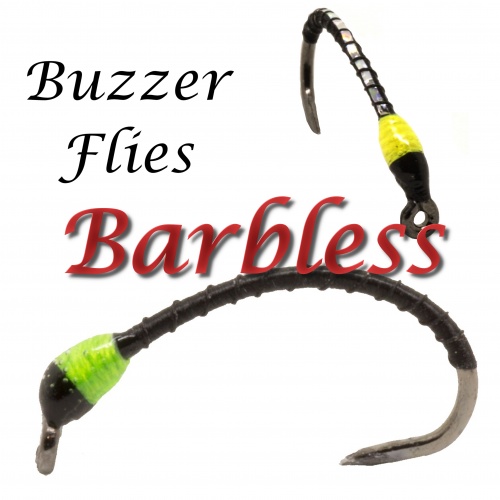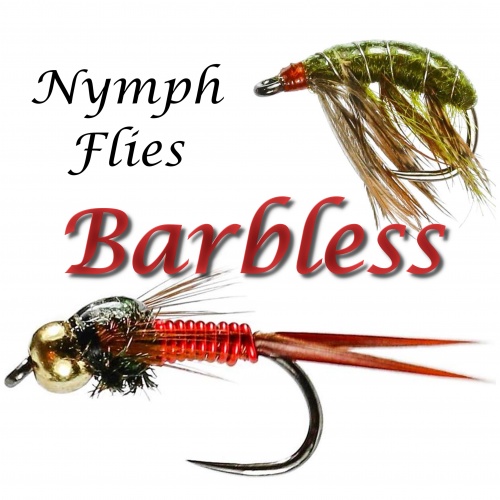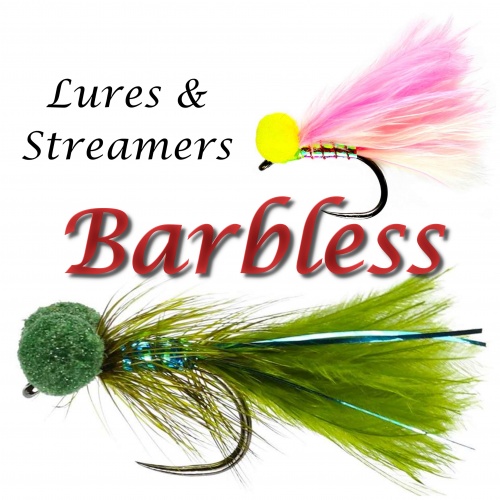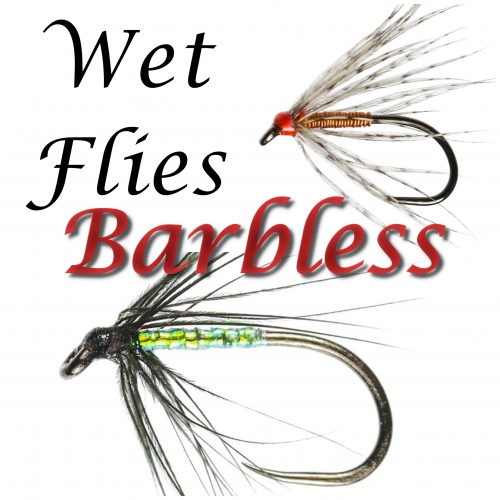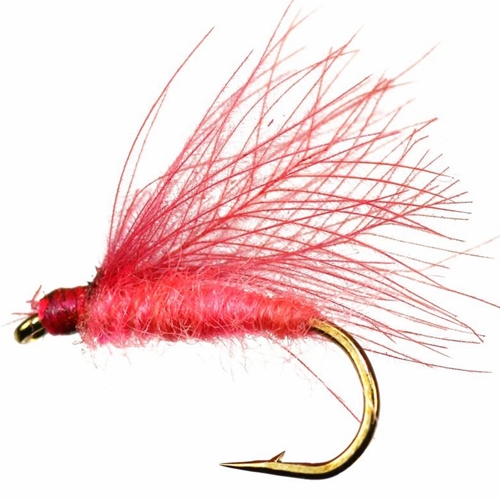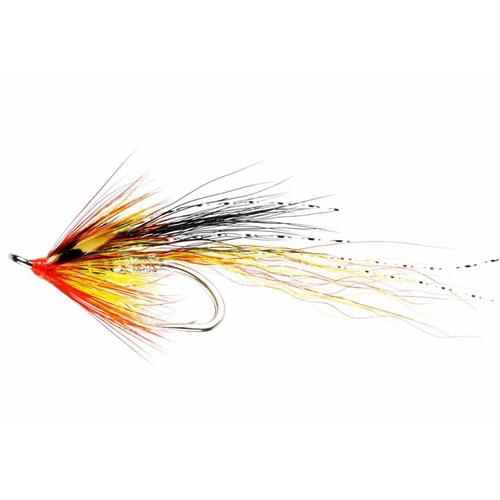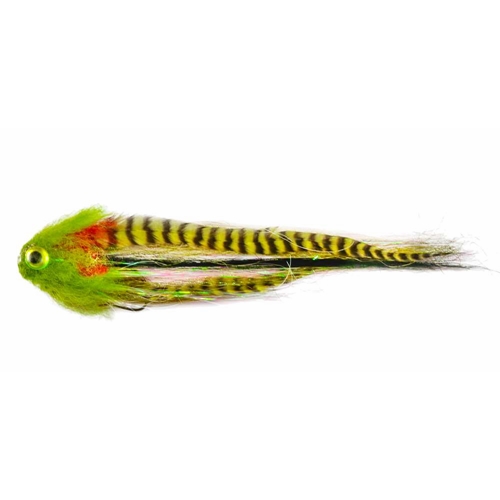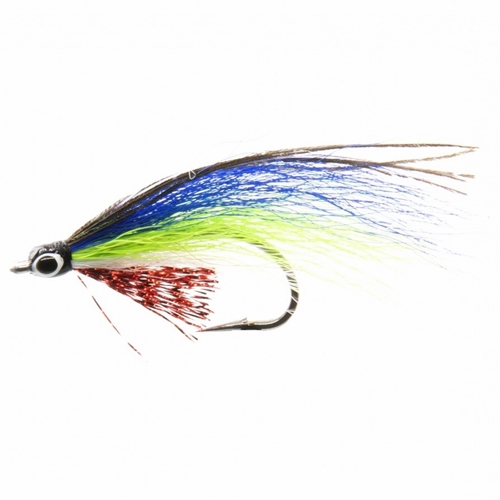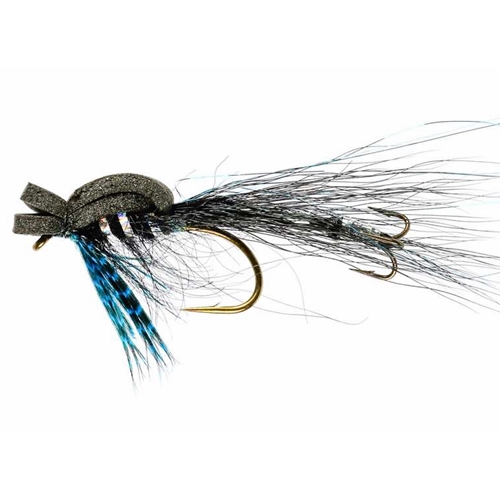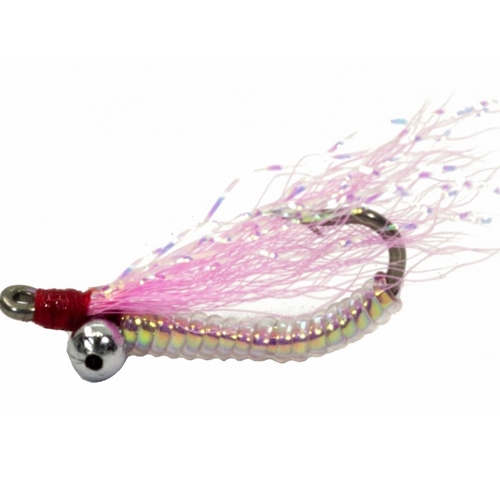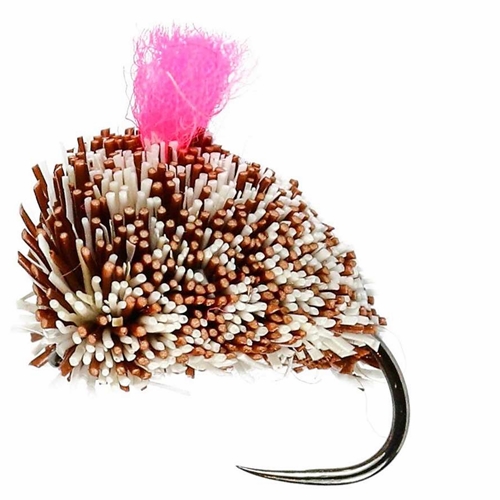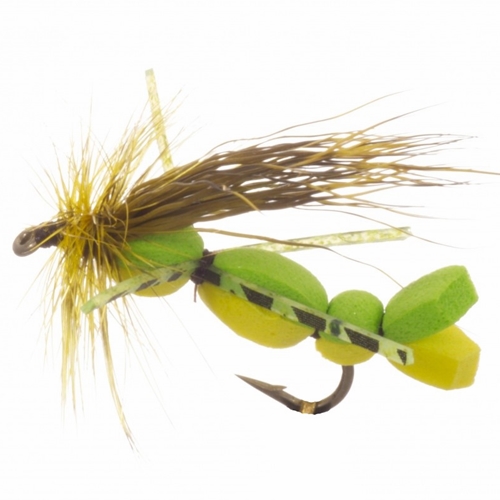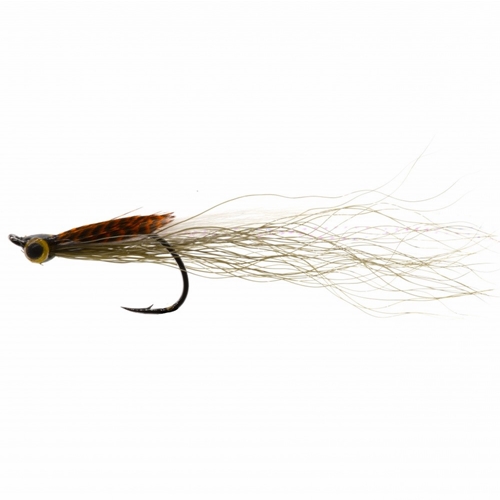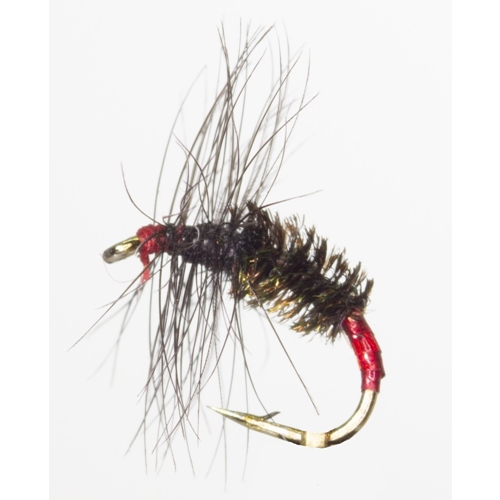Midges are an important flies for the fly fisherman because they have a larve called Bloodworm and pupae called Buzzer which are amongst the most productive of flies in our armoury. They are actually a species with over 400 variations, in the UK we will commonly fish Black, Grey, Green, Yellow, Olive, Orange, Brown, Red and Claret!
Did you know Midges can detect carbon dioxide in your breath 200 metres away. They are attracted to dark clothing and love boggy ground, undergrowth, and gloomy, still conditions at the start and end of the day! As with mosquitoes, these feathery antennaed male midges don’t bite. They can be green, brown or black, with the lighter colours having banded stripes. They can often be found near water and in swarms. They often seem to raise their front legs behind their heads, ‘yoga style’ but I have no idea why.
| Small Black Midge HatchesChironomidae (informally known as chironomids or nonbiting midges) Larvae (Bloodworm) and pupae (buzzers) are important food items for fish, particularly for us fly fishermen, with trout and for other aquatic organisms
| ||||||||||||||||||||||||||
Small Green Midge HatchesCulicoides impunctatus is a species of small flying insect, found in upland and lowland areas (fens, bogs and marshes) especially in the north west of Scotland and in suitable habitat throughout the United Kingdom, Scandinavia, other regions of Europe, Russia and Northern China. Female Highland midges are well known for gathering in clouds and biting humans, and are the smallest flies in Scotland to do so, though the majority of the blood they obtain comes from cattle, sheep and deer. They are generally regarded as pests
Large Green Midge Hatches
|
- C. minor Tokunaga, 1941
Large Red Midge Hatches

Small Brown Midge Hatches

Orange-Silver (Grey Boy) Midge Hatches
The Grey Boy midge is imitated well by the Yellow Owl pattern, found particularly around scotland

